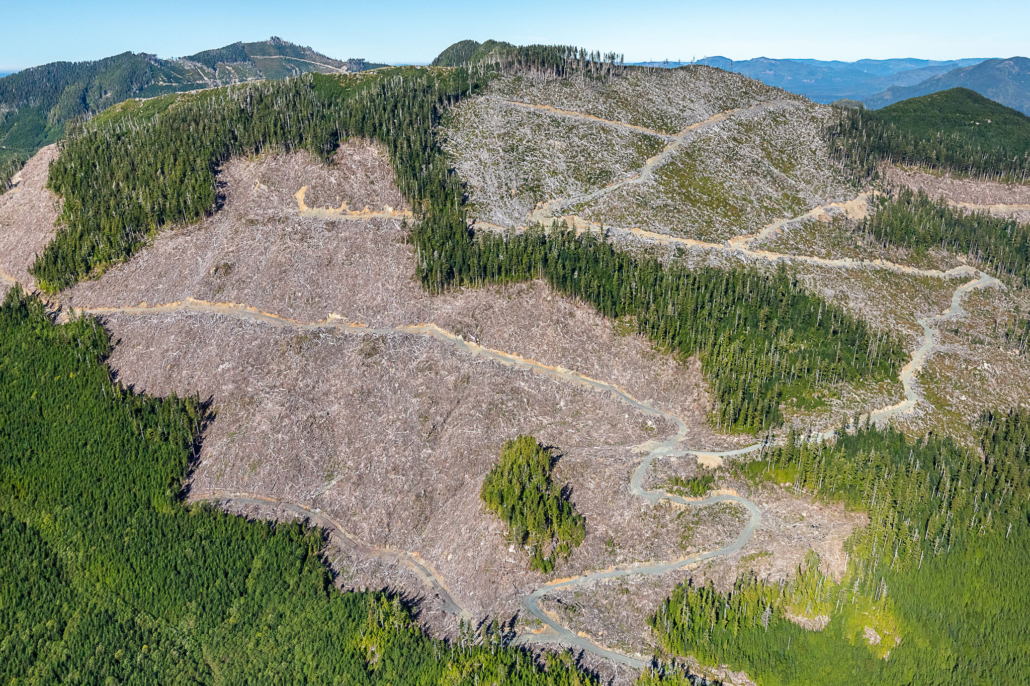
International Day of Forests: Conservation groups alarmed that BC is backsliding on Old-Growth Forest Policy Progress
AFA and EEA are concerned the BC government is backsliding on its previous policy progress to ensure a paradigm shift in the management of old-growth forests in BC.
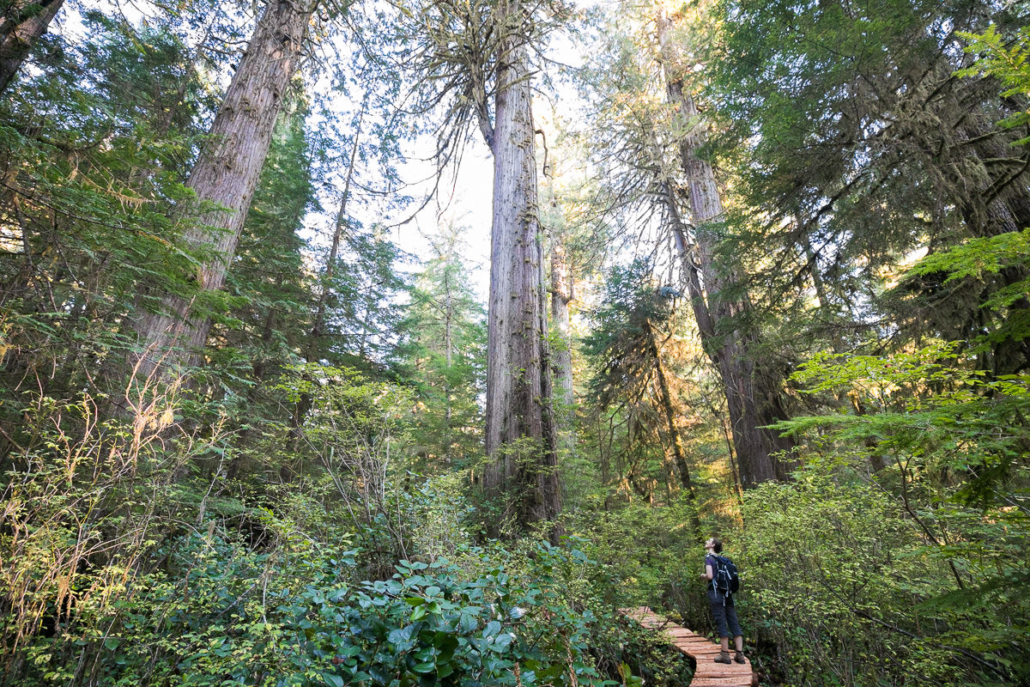
Thank you for helping us surpass our 14th birthday goal!
Thank you for celebrating Ancient Forest Alliance's 14th birthday and helping us raise $16,427 for the old-growth campaign!
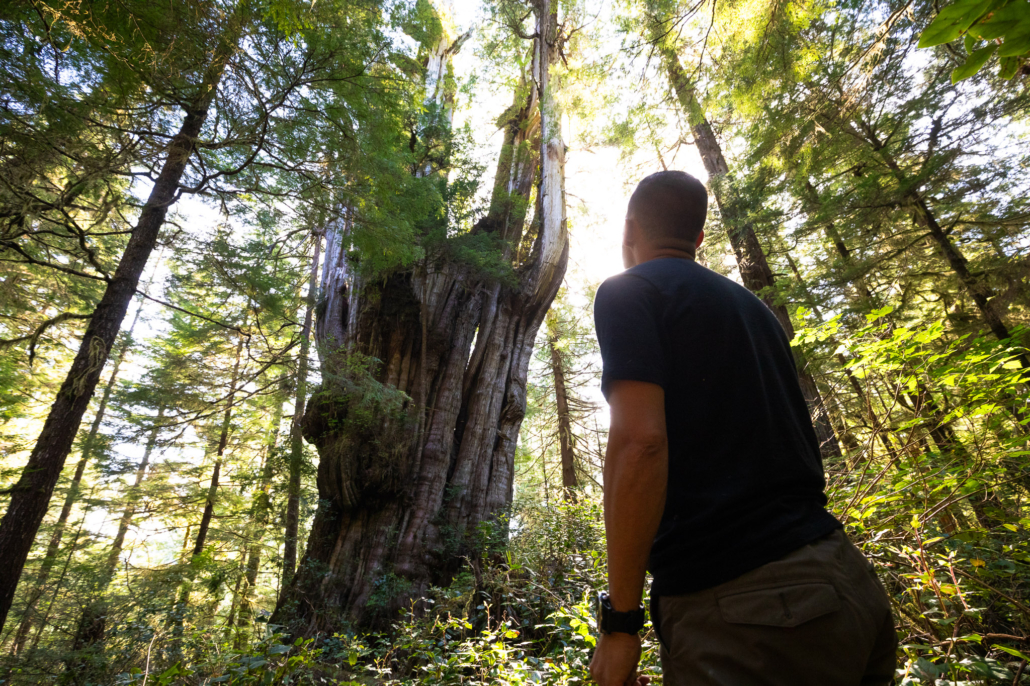
Ahousaht and Tla-o-qui-aht First Nations Announce Protected Conservancies Proposal in Clayoquot Sound
Major tracts of the finest old-growth forests in BC are included in the Ahousaht and Tla-o-qui-aht First Nations' proposed Provincial Conservancies network.
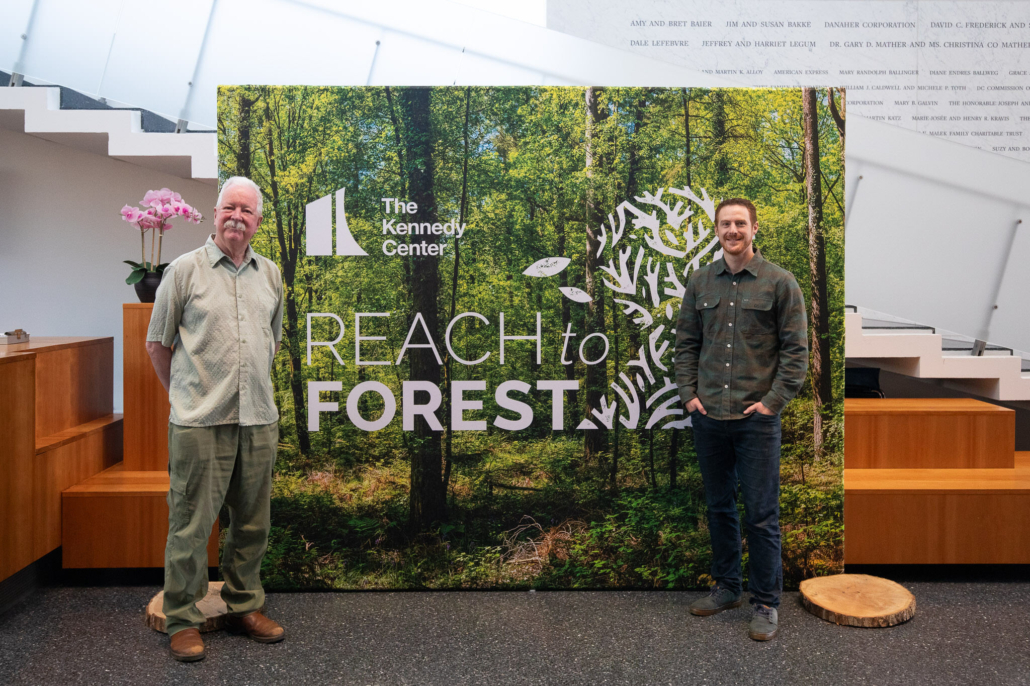
AFA’s TJ Watt Presents at the Kennedy Center in Washington, DC
The presentation on "The Search for the World's Biggest Trees" was part of Kennedy Center's two-week "REACH to FOREST" event.

Thank you to these foundations for their support!
Now that AFA is a charity, we can now accept donations through foundations! Thanks to the following foundations for their generous support in 2023.
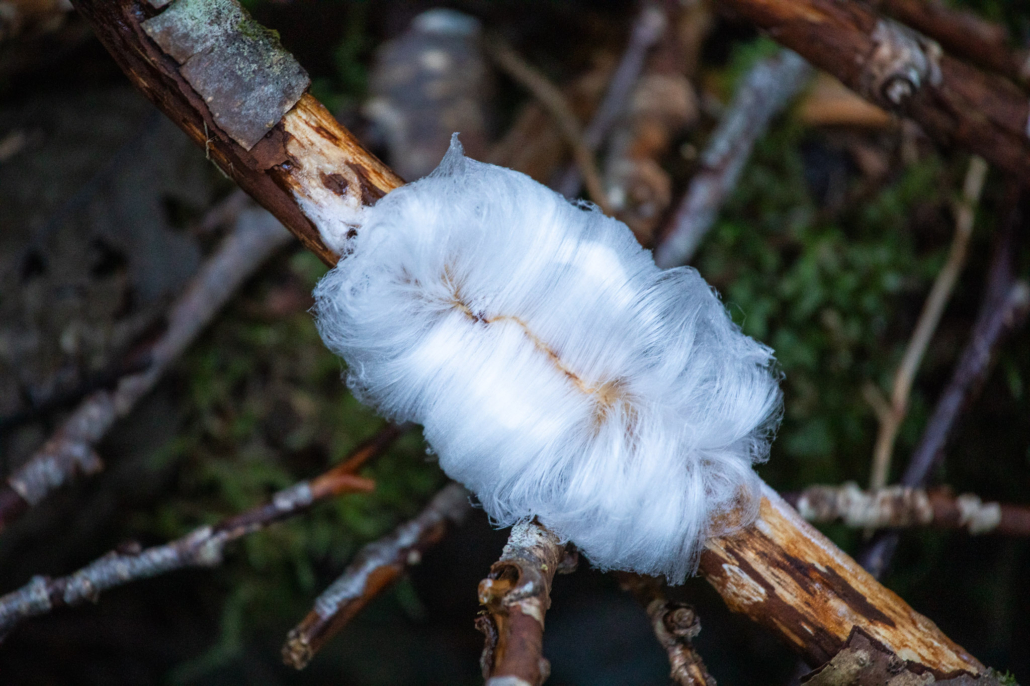
Hair Ice
Hidden among the rainforests of BC you can find wonders of ephemeral beauty and minute delicacy, and few of these are stranger or lovelier than the phenomenon of hair ice.
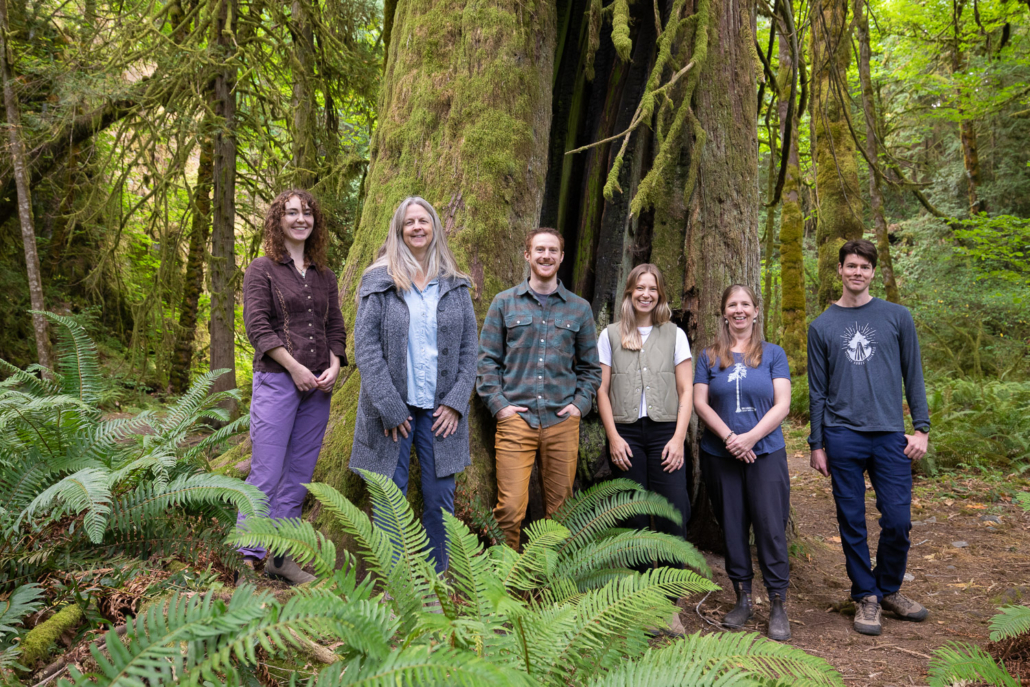
It’s AFA’s 14th birthday!
We're celebrating our 14th birthday on February 24th and all we've accomplished this year together. Will you celebrate with us by giving just $14?
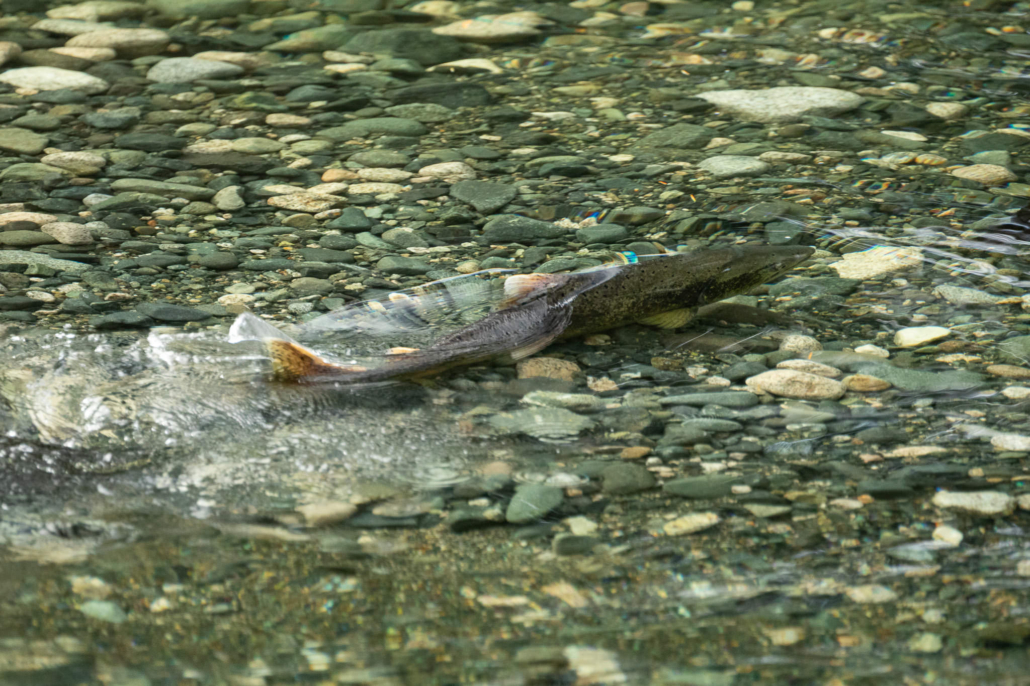
Mowachaht/Muchalaht awarded $15 million to protect old growth and salmon
A project to protect a significant portion of Mowachaht/Muchalaht territory has been pledged $15 million from the federal government, fueling an initiative to save old growth and salmon populations in Nootka Sound over the next generation.
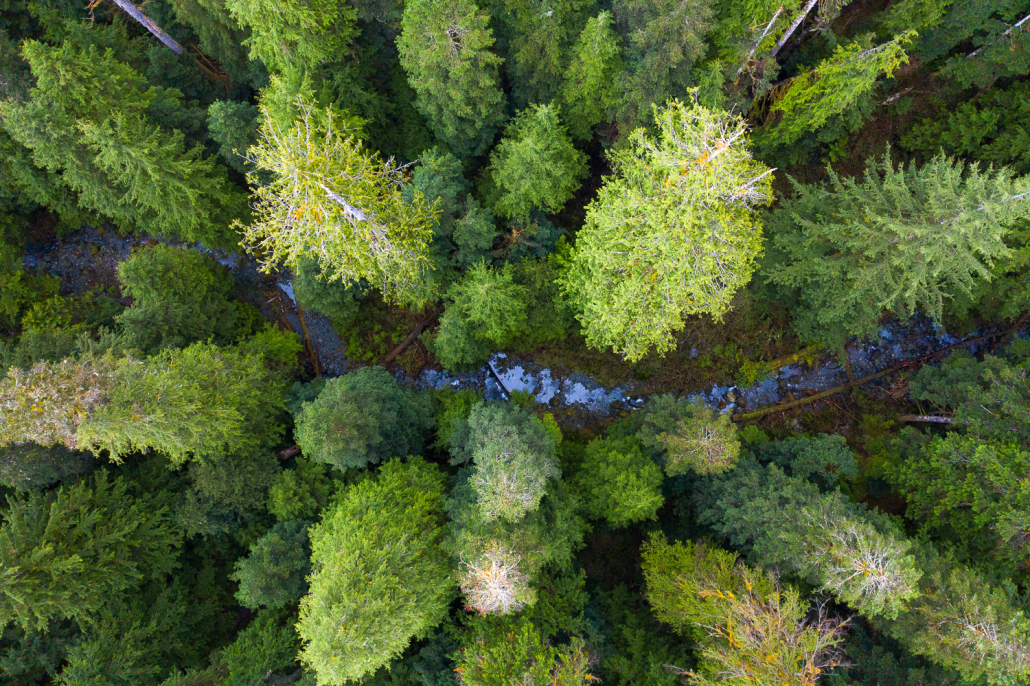
First Nation creating new Salmon Parks to protect fragile ecosystems
The Campbell River Mirror covers the 650² km of forest, rivers, old growth and shoreline that are to be protected by the Mowachaht/Muchalaht First Nation.
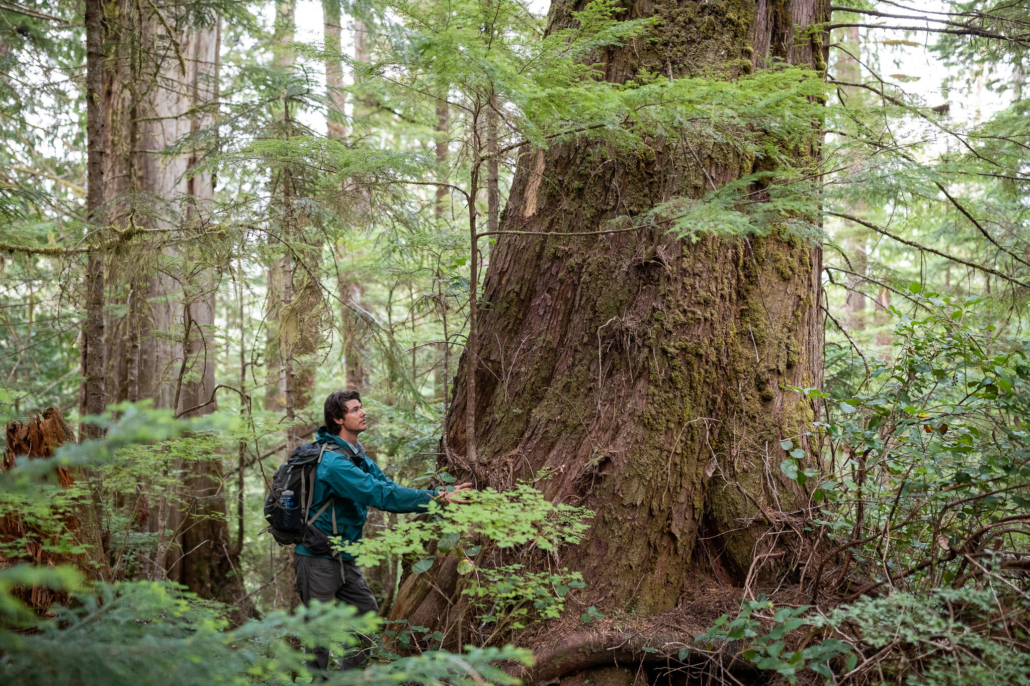
AFA’s Recommendations for the BC Government’s Draft Biodiversity and Ecosystem Health Framework
Here are AFA's recommendations for the draft Biodiversity and Ecosystem Health Framework to ensure it achieves the paradigm shift old-growth forests in BC so desperately need.
